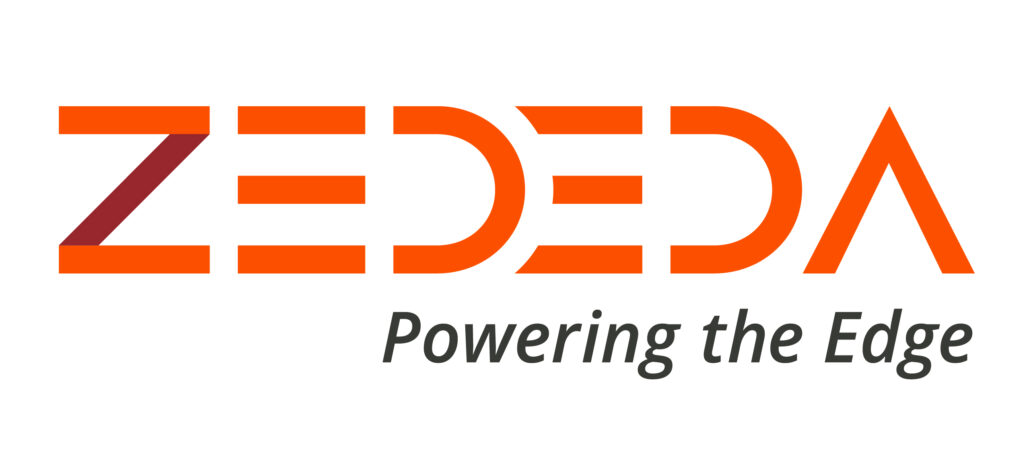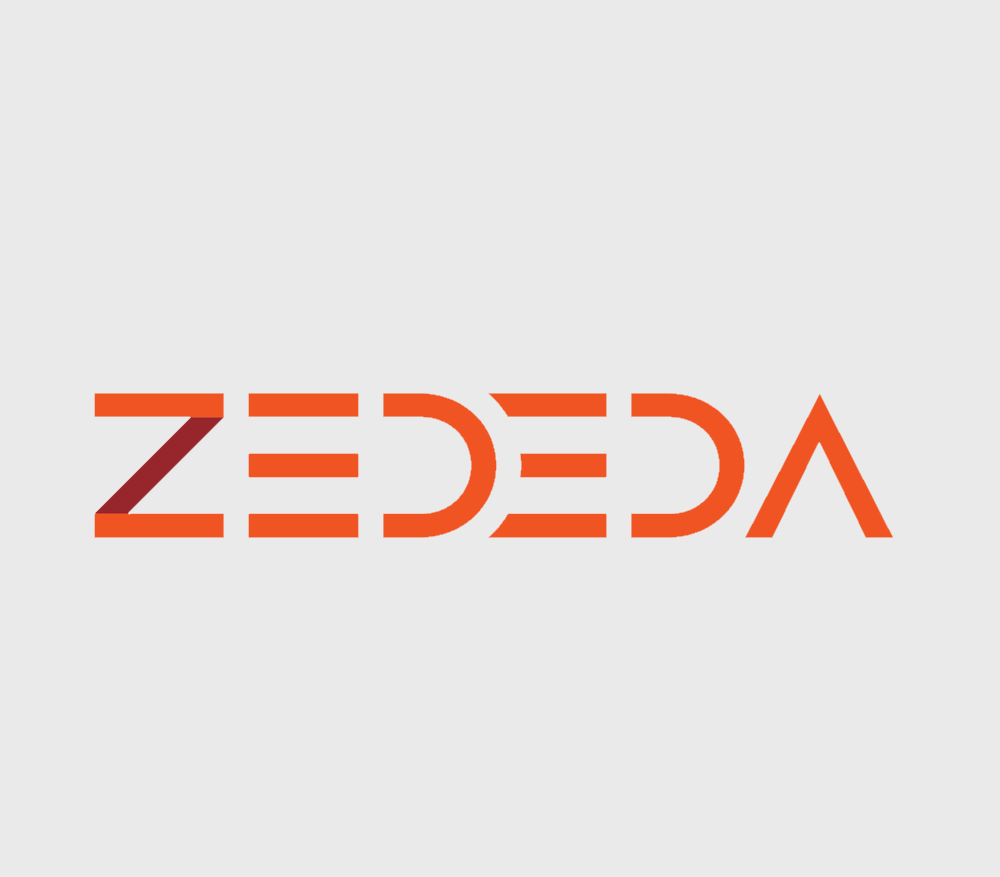
Edge computing is one of the most impactful technological innovations in recent memory as digitalization has brought forth a variety of new devices and applications generating an exponential growth in data. Implementing edge computing has allowed companies to gain insight from data collected to improve operational efficiency, reduce cost, improve customer experience and engagement, and create new revenue streams.
The edge computing market was already valued at USD 36.5 billion in 2021 and is expected to grow at a CAGR of 19 percent over the next five years, with estimations putting the market size at USD 87.3 billion by 2026. This comes as no surprise, as according to a recent Edge Computing Landscape Survey sponsored by ZEDEDA, out of 153 respondents, 74 percent already have an edge project of some form underway.
While edge computing has rapidly risen in popularity in recent years, there is still a myriad of questions surrounding the potential compared to the practical implementation of solutions in the real world. Concerns about use case, security, remote management, future proofing, and how well it will mesh with the other prominent new technologies such as 5G and AI are just some of the things on the mind of organizations who both have and haven’t adopted the edge.
Recently, ZEDEDA held another installment of its Transform Digest Series, where leaders from across industries are coming together to discuss topics related to the edge computing and IoT landscape.
Hosted by Jason Shepherd, VP of Ecosystem at ZEDEDA, the episode focused on the results of the edge landscape survey and featured three industry experts as panelists – Stephanie Atkinson, Founder and CEO of Compass Intelligence, Michael Dolbec, Managing Partner at Momenta, and Jim St. Leger, Marketing Manager at Intel and chair for the Technical Steering Committee (TSC) at LF Edge.
Shepherd opened the discussion by asking the panelists what they thought was currently driving the rapid adoption of the edge.
“IoT is driving a lot of the need for edge computing and is the big driver we’re seeing,” said Atkinson. “While traditionally IT networking and cloud has been managed by IT, from their experience and perspective, IT leaders that still driving initiatives and making those decisions, but the stakeholders are changing. Over time, we’re going to see more and more buyers directly from the OT side.”
As the conversation continued, the panelists discussed some of the security concerns surrounding edge computing.
“Transmitting all that data drives value for businesses, and analytics generated at the edge are being sent to the cloud for analytics appropriately,” said St. Leger. “As real time automated systems grow, the benefits of data analytics are only experienced when connectivity, cloud, local edge computing processing, and applications are orchestrated, and because of the diversity of devices and solutions, there are additional security risks and potential exposure.”
“It’s also much more complex in the organizations that are being asked to address it, but have either no experience or a lot less experience or irrelevant experience when it comes to securing the new use cases that exist,” added Dolbec. “What is it we’re trying to secure? There are not just one or two generic kinds of pervasive computing platforms. There’s a lot of different stuff that is heterogeneous most of the time, so the old playbook no longer applies, strictly speaking.”
The panelists then pivoted, discussing the underserved Small and Medium business (SMB) market in the edge world, and how it can be acted on. As part of this, Atkinson shared some insights from Compass Intelligence’s own recent Edge Report.
“As is often the case, midsize business segments are underserved,” said Atkinson. “I think a lot of big tech companies go after that enterprise customer, but the sweet spot we found for edge computing is those companies with between 99 and 999 employees. The budgets, the investment, the planning, all of that, for the midsize business segment was always higher on every response compared to the enterprise segment, which was very interesting.”
“To be meaningful for SMBs, vendors need to figure out the table stakes entry that could make a huge difference for them and get in the door. And then, once you’re in, you can then bring to them a menu of additional capabilities – maybe it’s analytics, maybe it’s additional AI capabilities through the cloud or local infrastructure, that then can take it to the next level,” said St. Leger. “The focus must be on what problems can you solve for the OT folks? What value can you bring and make a difference out there in the industry?”
Finally, the panelists talked about the edge vs the cloud, and which one will be more important as we push further into a digital age.
“It depends, as so often is the case, on what you’re doing,” said St. Leger. “Think about autonomous vehicles, smart roads, and smart cities. All those are going to depend on something that’s so latency sensitive for safety and real-world impact and results that latency’s going to rise to the top of your list. In those cases, with certain amounts of latency sensitive aspects, you’re not sending this up to the cloud and back because that round trip time will make a difference. “
“This year, cloud spin will outpace the edge, but we expect that to shift,” added Atkinson. I think that with a larger enterprise, in terms of the number of locations and what industry that they’re in, it is important to map initiatives out like an ecosystem. What are the critical communications, what are critical data points that are needed, and what is being done virtually in terms of operations, versus in front of the customer? How can data, insights, and automation improve a product, deliver a better customer experience, drive more business value? When we answer those questions, edge computing will continue to accelerate.”
To watch the full discussion, click here.




